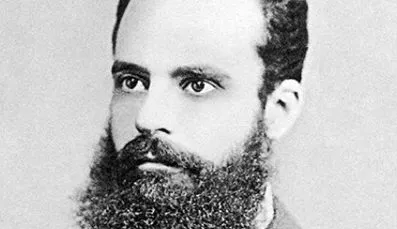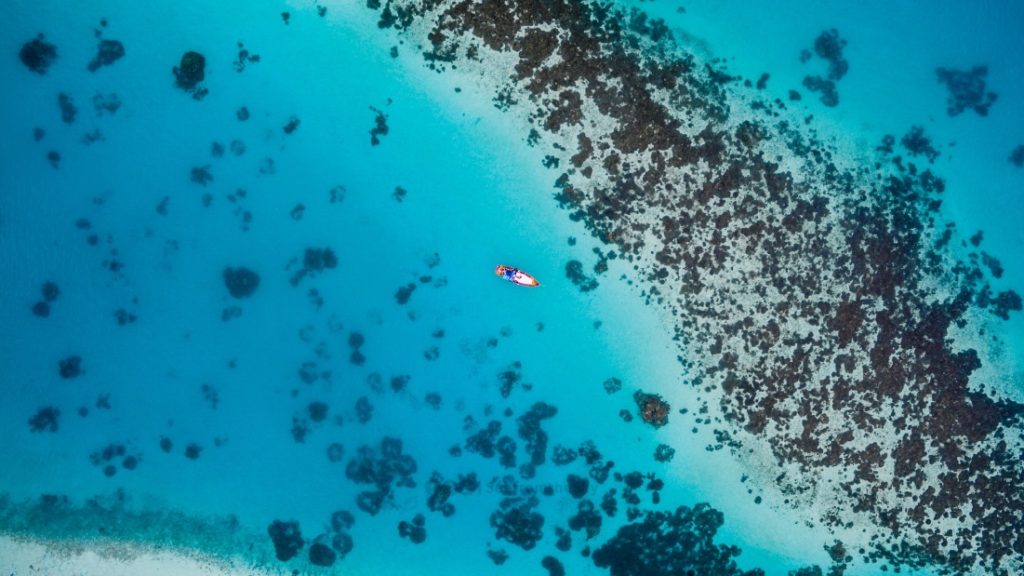Pareto principle, what is that?
Did you ever wonder how other nature ventures progress faster and seem to get more done than you?
They probably don’t work harder or longer than you. But what can be is that they set a better focus.
They not only work, they work on the right stuff. Have you heard about the 80/20 rule? The 20% that creates 80% of the impact. The aspects of your work that truly move the needle.
I want the same for you, so today, we will talk about the Pareto Principle and how you can incorporate it into your wildlife business or environmental NGO.
The Pareto principle

The Pareto principle is also known as the 80/20 rule or the law of the vital few.
Italian economist Vilfredo Pareto originally formulated it in the late 19th century.
The core idea behind this approach is that roughly 80% of the effects come from 20% of the causes.
Simply put, a small portion of the input is responsible for a large portion of the output, while the majority of the input contributes only to a small portion of the output.
👋 Looking for the best tools and resources to make your organization thrive?
Download our free Biodiversity Hero OS and discover the best support materials available!
Real-life examples of the Pareto principle
Ok, that still sounds a bit tricky. So here are some ways in which the Pareto principle is frequently observed:
- 80/20 rule in business
In business management, it is often observed that approximately 80% of a company’s profits come from 20% of its customers or products.
- 80/20 rule in time management
People often find that 80% of their results or productivity comes from focusing on the most critical 20% of their tasks.
- Pareto principle for quality management
80% of defects in manufacturing might be traced back to 20% of the production issues.
So now, this ratio may not always be 80/20. It could be 70/30, 90/10, or any other unequal distribution. But you get the idea.
The reasons why knowing about the Pareto principle is crucial for your nature venture

Nowadays, we are bombarded with distractions. Opportunities & challenges appear every 5 seconds.
What happens to most of us is that we get distracted from the big picture.
So rather than taking a step back and reflecting, we end up working on projects, tasks & co., that are of minor importance.
Actions that don’t move the needle.
But your time as a biodiversity hero is minimal. After all, we need to fix this mess asap.
So for you, it is crucial to have this principle in mind in order to:
- make better decisions;
- improve your time management;
- allocate your resources correctly;
- solve the problems that truly have the most significant impact
When starting to use this technique, you see the improvements in your environmental business or nature NGO right in front of your eyes.
Now let’s bring it home with a business case of a nature venture.
🐋 Do you want more kicking hacks like this to improve your organization’s strategy?
Subscribe to the Double Your Impact newsletter to get weekly tips and… double your impact!
Nature business case: the Pareto principle in a nature-positive tourism company
I love to travel. Maybe you do too. We often speak about reducing our negative impact while traveling, but rarely how we can create a positive impact.
So today’s business case is about a nature-positive tourism company.
Here’s how they can apply the Pareto principle in their daily operations.
Destination Selection
They could use the 80/20 rule to focus on destinations with the most travelers in their portfolio. In these destinations, they must ensure that they have well-established conservation efforts, opportunities for eco-friendly activities, and a high potential to support local communities.
Conservation Focus
The nature venture can focus its efforts on 20% of conservation projects or initiatives with an 80% positive environmental impact. This might include habitat purchases, reforestation projects, or contributing to marine conservation efforts. I know we love all projects, but some just have a more significant impact than others.
Community Engagement
Applying the Pareto principle to community engagement means prioritizing the 20% of local communities most benefit from tourism activities. The company can partner with these communities to ensure that tourism benefits are distributed equitably and support local development projects.
Education and Awareness
The nature-positive company can concentrate efforts on the 20% of awareness-building activities that have the most significant impact on fostering responsible tourism practices among travelers. If a destination has massive problems with plastic pollution, it would make sense to put the majority of efforts in here.
Monitoring and Evaluation
To ensure they are moving in the right direction, they can apply the Pareto principle to monitor and evaluate the 20% of key performance indicators (KPIs) that reflect 80% of their nature-positive progress. Some examples are carbon footprint reduction, local community salary increase, and m2 habitat protection.
Customer Focus
With the Pareto principle in mind, the environmental business would concentrate efforts on the 20% of customers that generate 80% of their sales. By targeting specific customer segments, they can optimize their distribution strategies, leading to increased sales and profitability. The company could focus, for example, on families with teenage kids who like to travel responsibly.
👉 Would you like to get personalized business tips for your nature organization?
Book a free intro call with me to discuss your business challenges!
Your turn: put the 80/20 rule into action to increase the impact of your nature venture
5 actions to implement the Pareto principle
- Block yourself 30min next week to reflect on this text. Is there a use case that directly comes into your mind?
- Reflect first on how you spend your time. Do you dedicate enough to that 20% that create 80% of the value of your nature venture?
- Who is currently donating or buying your services the most? How can you find more of that 20%?
- Make a colorful Post-it, write 80/20, and put it anywhere you see it daily. Your daily routine will do its best to distract us again, so small hacks like this go a long way to remind us.
- Set up a 30min free call with me if you need an outside perspective to reflect on if you are currently tackling the most pressing issues.
Cheat sheet to learn more about how to use the Pareto principle to double your impact on nature
In a nutshell: The Pareto Principle is a great tool if you want to be more productive and create better outcomes efficiently
Best tools: Notion, helps you to reflect on your projects, actions & co constantly.
Best Books: The 80/20 Principle: The Secret to Achieving More with Less. by Richard Koch
Now enjoy the rest of the weekend, and on Monday, when you get back to the office, tackle those 20% following the Pareto Principle. I am rooting for you!
See you next week. Have a wild one!
Oliver
🦧 Whenever you are ready, there are 2 ways we can help you:
- 1-to-1 business consulting. Detailed and personalized consulting to double the impact of your biodiversity organization in the shortest possible time. Not sure if you are working on the most critical actions? Let us reflect together.
- Wild Business Mates in Action. Wild Business Mates help you execute in areas you are struggling with. Tech, Marketing, Sales, Communication, etc.





